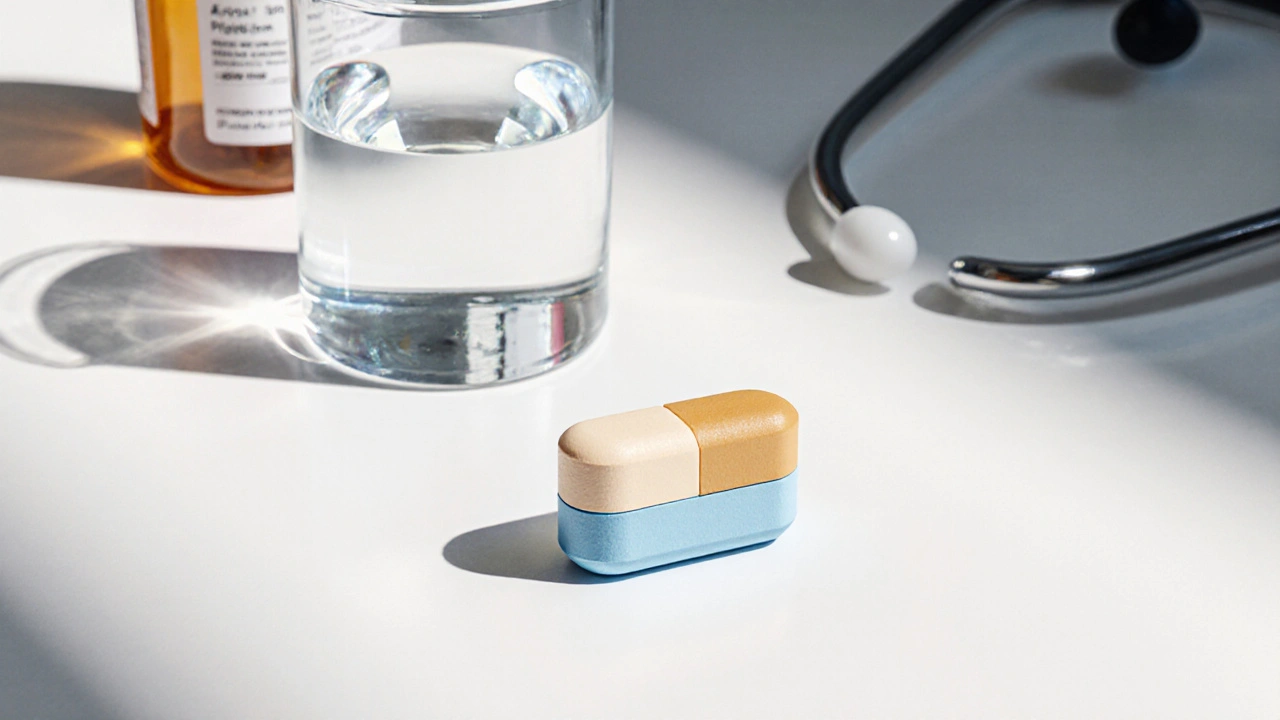A side‑by‑side look at Actoplus Met (Metformin+Pioglitazone) versus common diabetes alternatives, covering effectiveness, safety, cost, and when to choose each option.
Pioglitazone: A Complete Overview
When you see Pioglitazone, an oral thiazolidinedione used to lower blood sugar in type 2 diabetes it’s often linked to the broader category of thiazolidinediones, drugs that activate the PPARγ receptor to improve insulin sensitivity. People with type 2 diabetes, a chronic condition characterized by insulin resistance and high blood glucose rely on such agents to manage glycemia and reduce cardiovascular risk. In simple terms, Pioglitazone enhances the body’s response to insulin, helping glucose enter cells more efficiently. This creates a clear chain: Pioglitazone → PPARγ activation → improved insulin sensitivity → lower blood sugar.
Clinically, Pioglitazone is started at 15‑30 mg once daily, with the dose adjusted based on blood‑sugar targets and tolerance. The drug’s most common side effects include weight gain and mild fluid retention; rare cases may see heart failure exacerbation, so clinicians monitor cardiovascular status closely. Because it works through the PPARγ pathway, it also modestly improves lipid profiles, which can be beneficial for patients with mixed dyslipidemia. Interaction-wise, combining Pioglitazone with insulin or other secretagogues can raise hypoglycemia risk, while strong CYP2C8 inhibitors may increase its plasma levels. Understanding these nuances helps providers balance glycemic control with safety, especially in patients who also manage hypertension or hypercholesterolemia.
Below you’ll find a curated set of articles that touch on the same health themes Pioglitazone influences – from cardiovascular management and patient education to early detection of metabolic disorders. Whether you’re looking for practical tips on medication adherence, insights into heart‑failure therapy, or guidance on cholesterol screening, this collection offers actionable information that complements the use of Pioglitazone in everyday care. Dive in to see how these topics intersect and enrich your overall treatment strategy.

